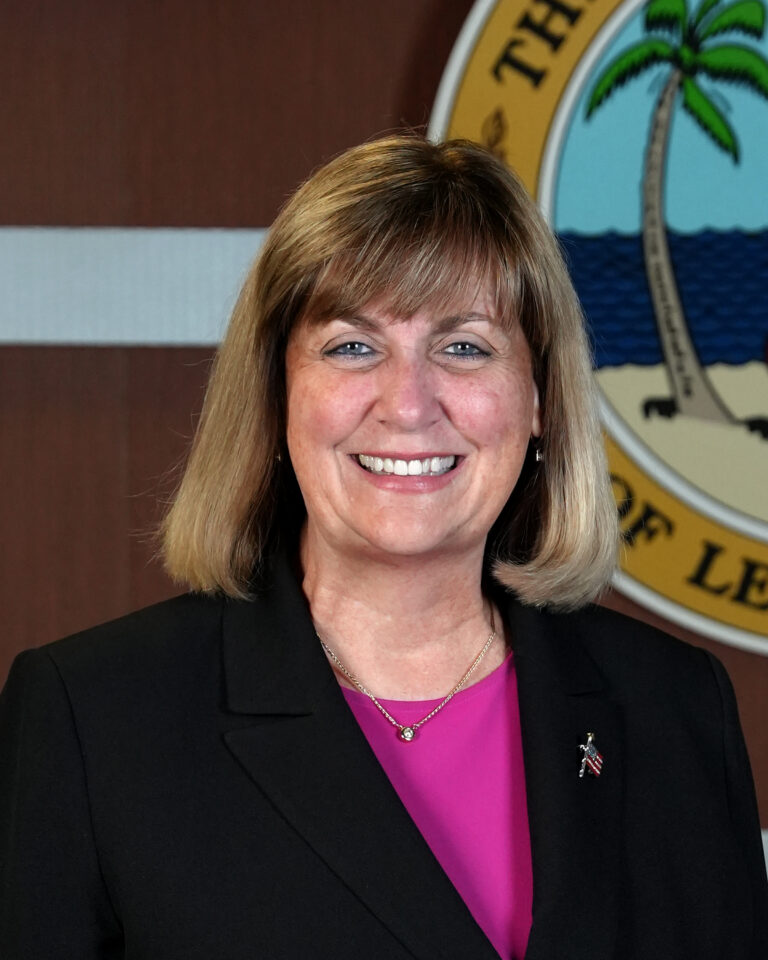How to become a service-oriented superintendent
Superintendent Rony Ortega describes central office’s role in empowering principals and teachers this way: “We’re no longer the compliance machine.”

Superintendent Rony Ortega describes central office’s role in empowering principals and teachers this way: “We’re no longer the compliance machine.”

In governance, as in leadership, movement without balance does not create progress; it creates circles.

The School District of Lee County is now offering educators significant financial incentives to work in high-risk schools, teach hard-to-staff subjects and teach courses that have the greatest impact on student achievement.

All leaders must devote some time to transactional realities. But to become transformational, your greatest success must come from connecting with and empowering people.

Districts don’t fail for lack of ideas, they fail at the junctions: between central office and schools, strategy and execution, ambition and alignment.

When someone lands their first district leadership role, I like to offer a lighthearted welcome: “Congratulations! You now get to work half-days… you can choose the first 12 hours or the second.”

One way to give a larger district a small-town feel is customization in the form of extensive school choice, Superintendent Jean Luna-Vedder says.

This superintendent and her team are committed to providing all of the Concordia Parish School Board’s students with work-based learning opportunities.

Activism energizes public discourse and calls attention to systemic needs but advocacy channels that energy into sustainable progress.

Superintendent Paula Knight was way ahead of the curve on a big issue: Cell phones in schools.
End of content
End of content